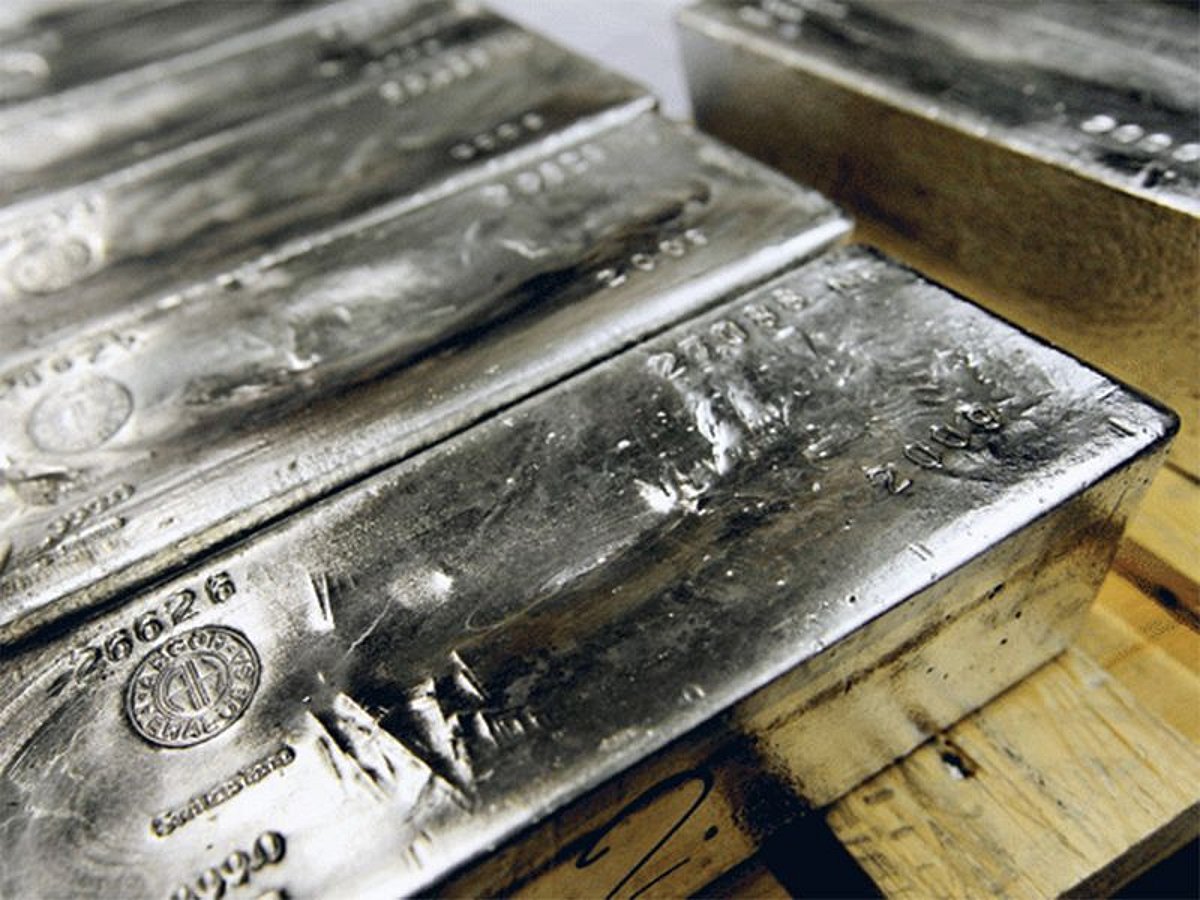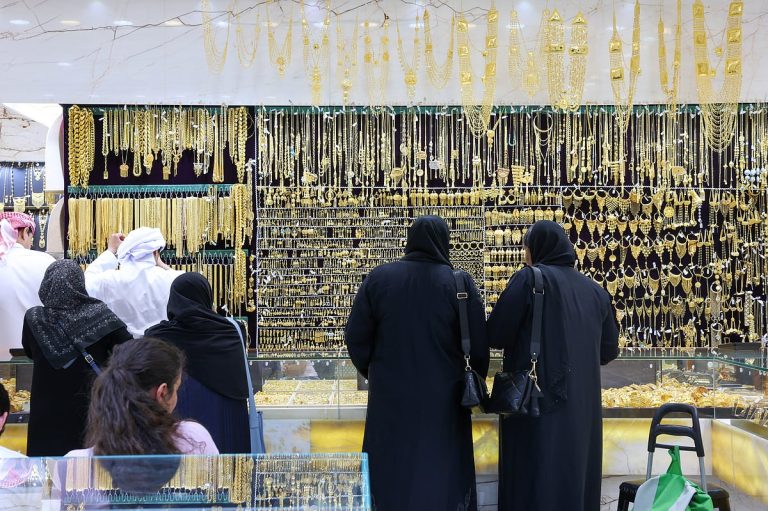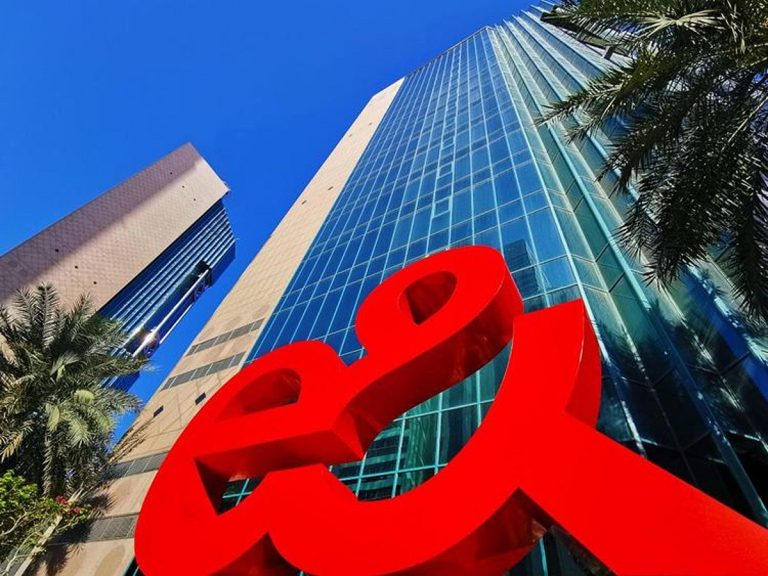Silver Emerges as a Strong Alternative to Gold
In recent months, silver has emerged as a compelling alternative to gold, capturing the attention of both investors and industry players. As global economic uncertainties persist, silver’s unique characteristics are driving its price upward, prompting discussions about its potential to rival gold as a safe-haven asset.
The Current Market Landscape
Both gold and silver have experienced significant price increases due to a combination of factors, including declining yields and heightened concerns about global debt levels. Daniela Sabin Hathorn, a Senior Market Analyst at Capital.com, notes that the surge in precious metals reflects a broader trend of moving away from fiat currencies. “The debasement trade is gaining momentum, with ongoing US fiscal and political uncertainties further boosting demand for safe-haven assets,” she explains. Additionally, expectations of continued monetary easing from the Federal Reserve have contributed to rising prices.
In September alone, gold prices increased by approximately 12%, while silver saw an impressive rise of nearly 17.5%, marking its best monthly performance since the onset of the pandemic. The gold-to-silver ratio, which compares the value of the two metals, has been declining since May, indicating silver’s stronger performance in the market.
Silver’s Unique Advantages
What sets silver apart from gold is its dual role as both a precious metal and a critical industrial component. Hathorn emphasizes that silver’s price is closely linked to the health of the global economy due to its extensive use in industries such as solar energy, electronics, and electric vehicles. “With a positive risk appetite driven by robust US economic data, silver benefits from both safe-haven interest and increasing industrial demand,” she states.
The rise of artificial intelligence (AI) and electrification is further bolstering silver’s appeal. As investments in AI technologies grow, so does the demand for industrial metals like silver, which are essential for data centers and power infrastructure. The limited supply of silver, exacerbated by constrained mining activities and inadequate recycling systems, has intensified the upward pressure on prices.
Market Dynamics and Future Outlook
Ole Hansen, Head of Commodity Strategy at Saxo Bank, highlights that the physical silver market is currently under stress. “The London silver cash market is experiencing pronounced strain, with one-month lease rates spiking due to surging demand from major trading hubs, while available inventories remain low,” he explains. This imbalance suggests that there may be further price increases ahead, as physical supply fundamentals ultimately dictate market direction.
Hansen also points out that the gold-to-silver ratio has fallen below its ten-year average, indicating that silver is no longer a cheap alternative to gold. Over the long term, ongoing supply deficits and industrial growth could sustain silver’s upward momentum.
While it is unlikely that silver will completely replace gold as the go-to safe-haven asset in the near future, its increasing industrial importance and limited supply position it as a valuable asset for investors. Hathorn describes silver as a “dual engine” that bridges the gap between defensive and growth assets, particularly in an era defined by electrification and technological advancements.
FAQs
Why is silver gaining popularity among investors?
Silver is gaining traction due to its dual role as a safe-haven asset and a critical industrial metal, particularly in sectors like renewable energy and electronics, which are experiencing growth.
How does the gold-to-silver ratio affect investment decisions?
The gold-to-silver ratio indicates the relative value of gold compared to silver. A declining ratio suggests that silver is outperforming gold, making it a more attractive investment option for some traders.
What factors are driving the current rise in silver prices?
The rise in silver prices is driven by a combination of industrial demand, limited supply, and broader economic uncertainties that have led investors to seek safe-haven assets.
Conclusion
Silver’s recent price surge highlights its growing significance in both investment and industrial sectors. While it may not dethrone gold as the primary safe-haven asset, its unique attributes and increasing demand position it as a strong contender in the precious metals market. Investors should monitor these trends closely as they navigate their portfolios in an evolving economic landscape.
Also Read:
Gold Price Trends in the UAE: Current Insights and Predictio
Health Benefits of Attending DP World Tour Championship
Djokovic’s Future: Will the Australian Open Be His Last?







